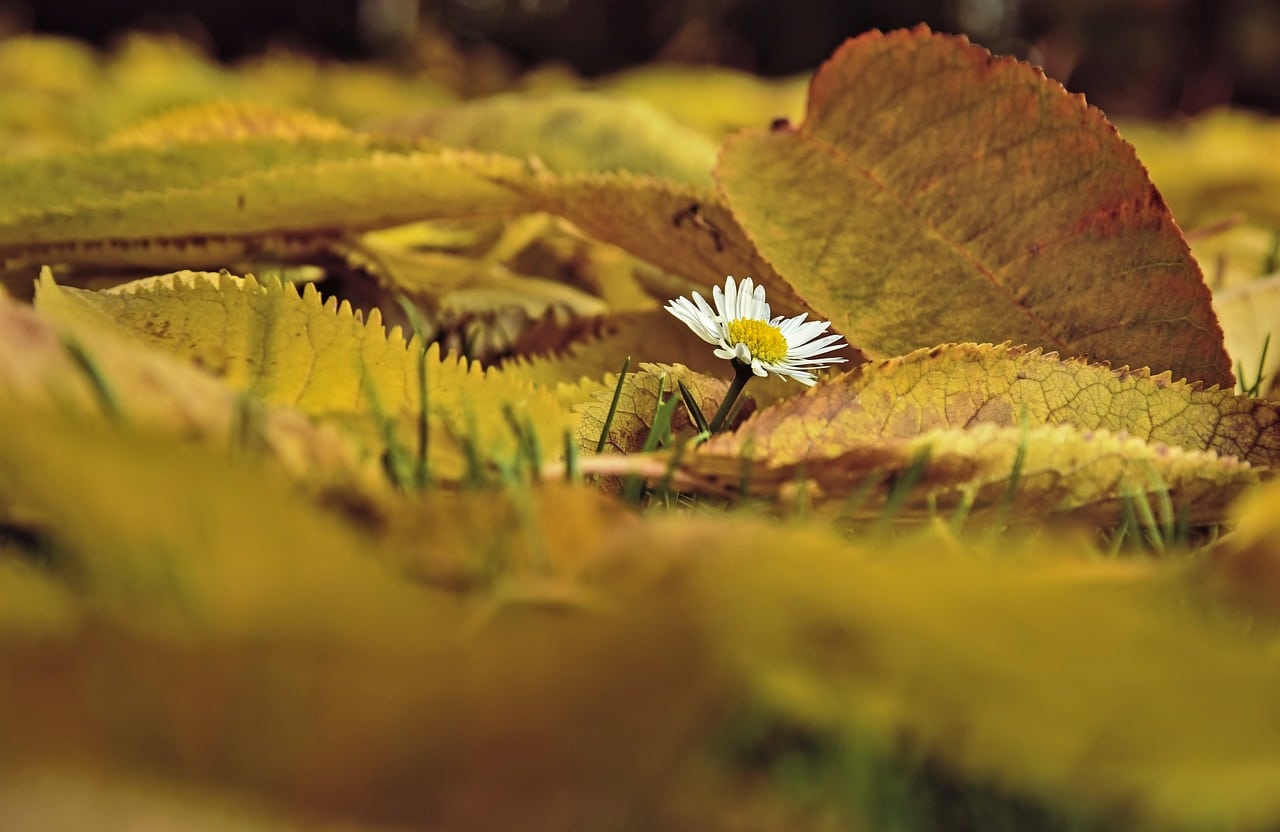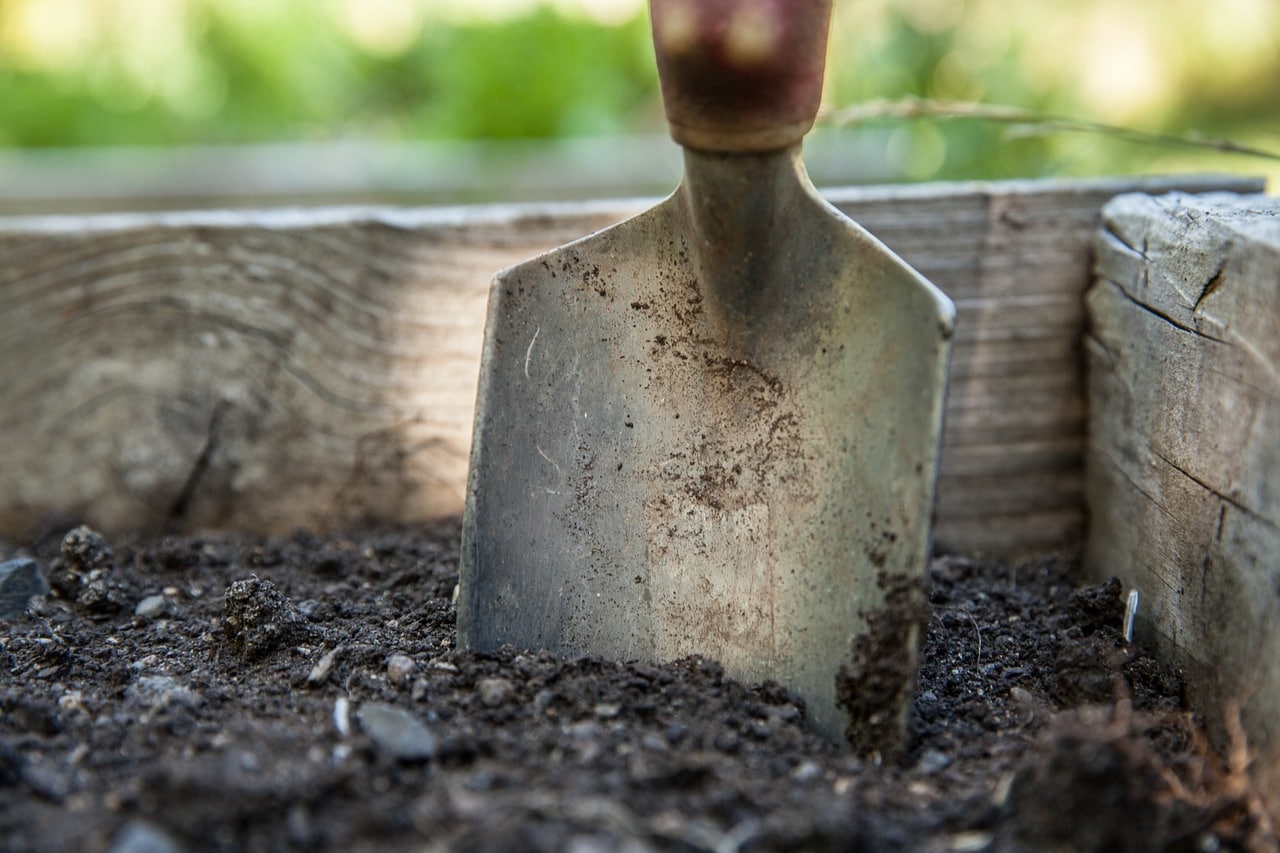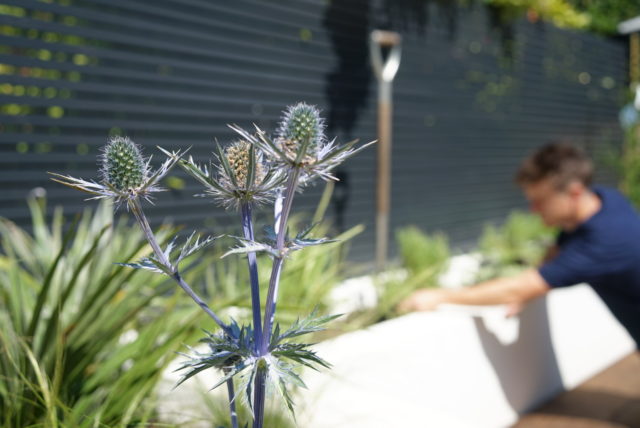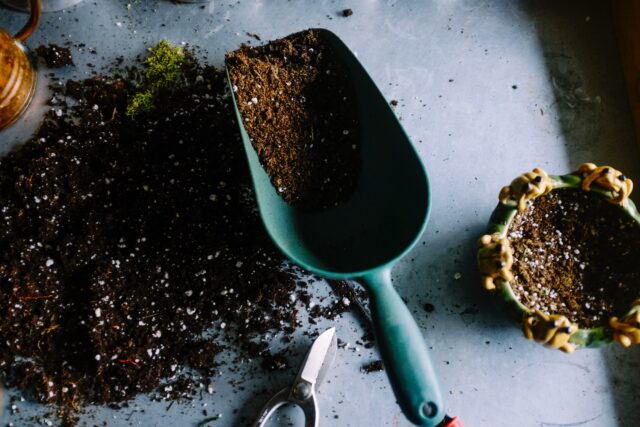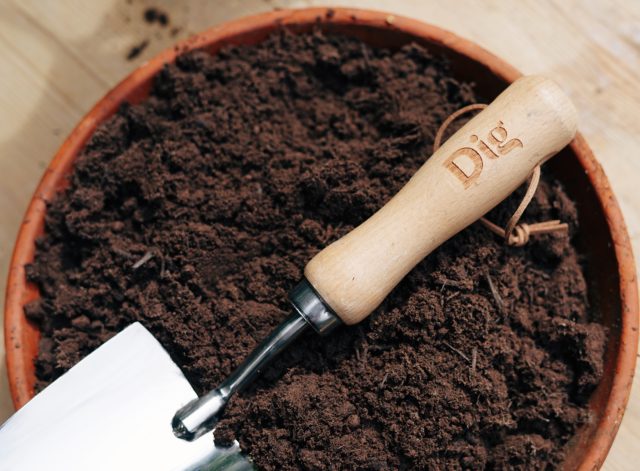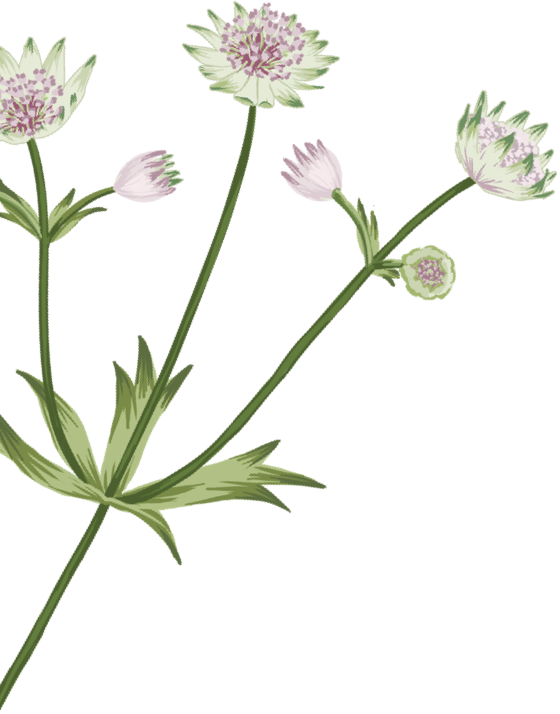Planting Plants
This time of year is one of, if not the best time of year to plant a garden. The air is cooler, the humidity is higher, the ground is still warm from summer and plants popped in the ground or containers now will have the entire winter to strengthen and develop strong roots meaning a stronger, heartier display in the spring. While you can, of course, do all of your planting in spring, with a bit of organisation, if you can get ahead of the game now and sort your planting before the first frosts, you will reap the rewards with stronger plants, bigger displays and more impressive blooms. There’s lots more information about planting season here.
It’s worth mentioning that we’re running a discount across our entire Instant Beds selection for all of September, to celebrate Planting Season. Just add the code PLANTING24 at the checkout for 20% off!
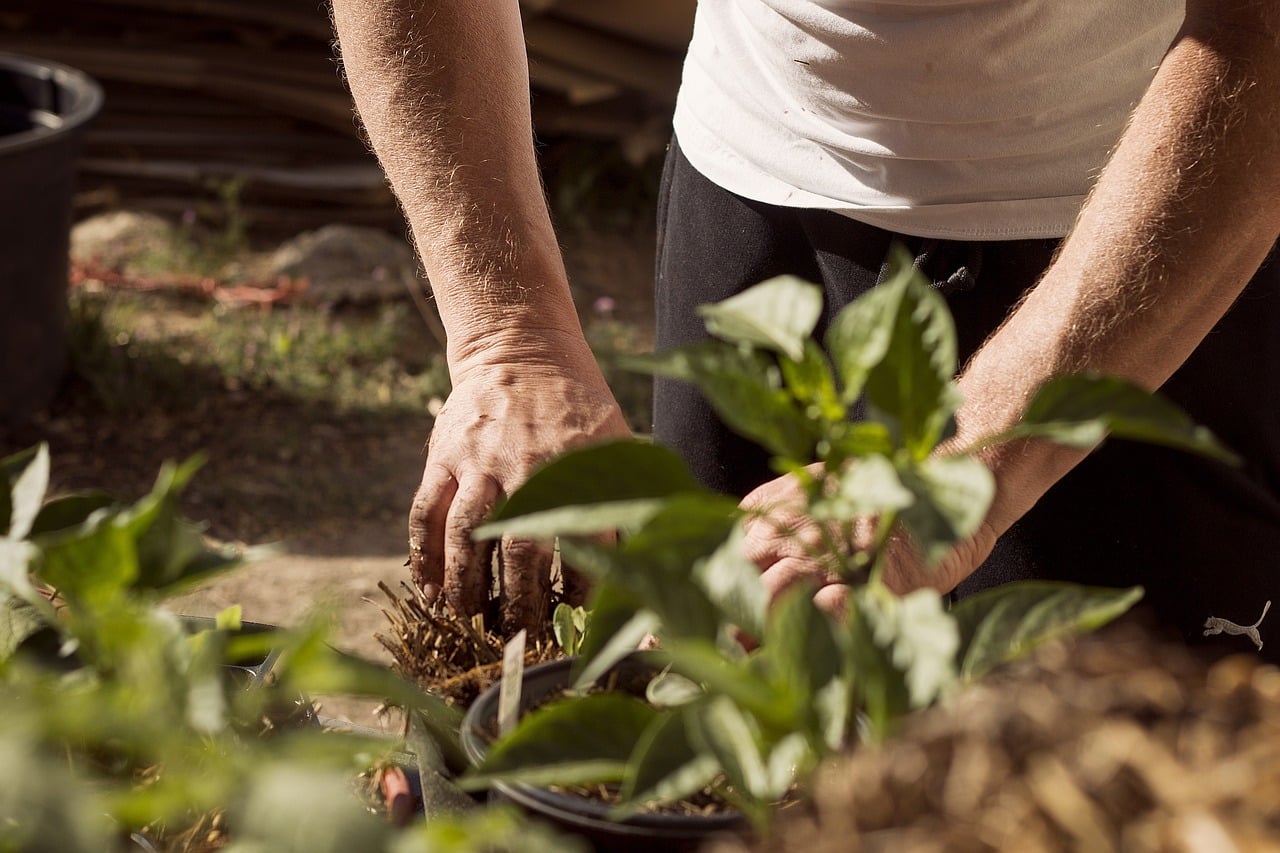
Planting Bulbs
As well as being a great time to get actual plants in the ground, early autumn is the perfect time to plant out bulbs for a magnificent display in spring. For inspiration on what bulbs to plant for a varied, colourful, stylish display, take a look at our article here.
Preserving Herbs
Many tender herbs (the likes of basil, coriander, parsley, dill and other similar plants) will struggle through a cold winter. To make the most of these fresh herbs now, you can make herb ice cubes which are a perfect way to preserve herbs to be added to soups, stews, curries etc. through the winter. Simply chop up the leaves, divide into an ice cube tray, top up with water and freeze. Remember to label them!
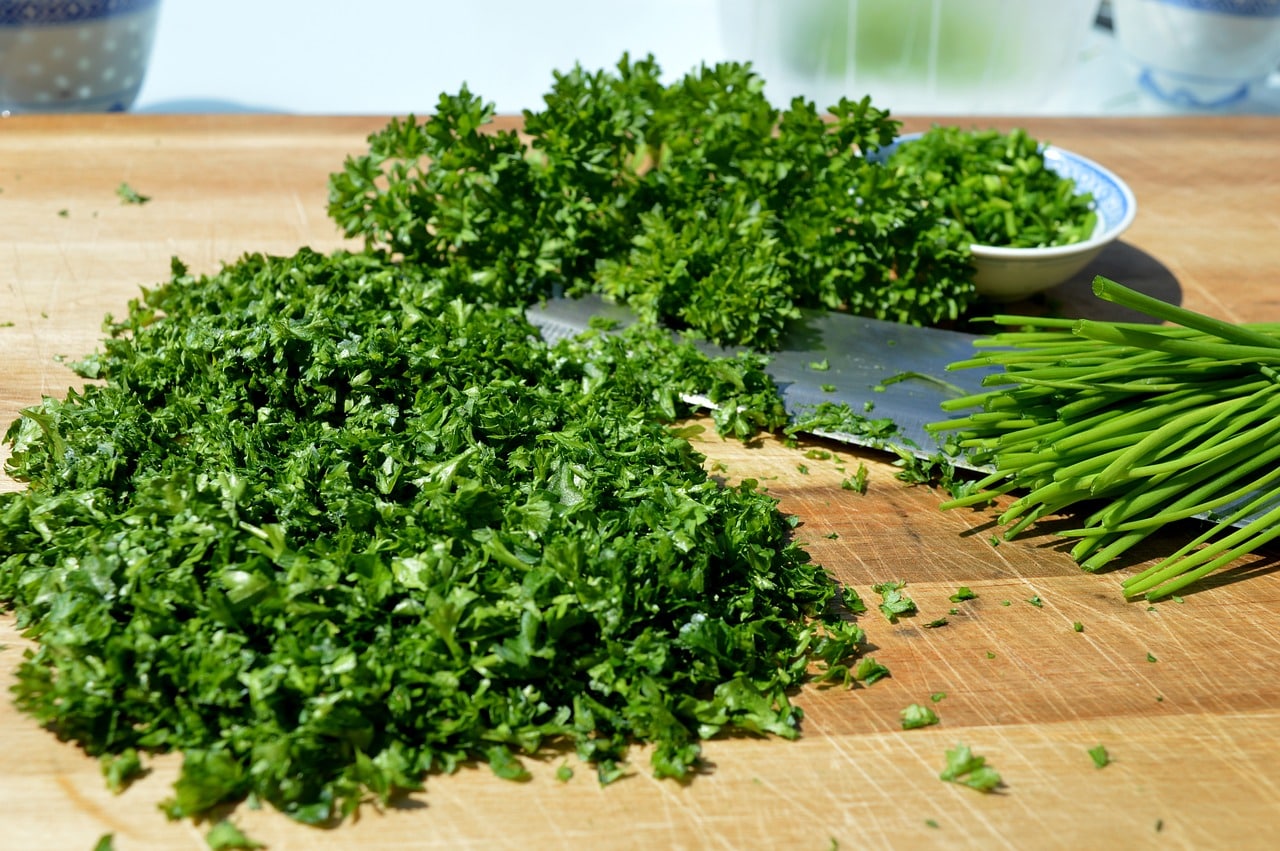
What to clear
Autumn is, sadly, a time when we need to shift our attention onto what needs clearing in the garden (as well as what needs leaving too – but more on that later).
- Some perennial plants such as Brunnera have a tendency to gently spread. If you’re noticing that a plant has multiplied over the summer and is beginning to take over an area in your bed or container, remove those that you feel are in excess. You’ll likely be able to pull them straight out of the ground (to be replanted somewhere else if you’re careful and have the space) or you can use a small fork or trowel. Keeping an eye on what is growing and multiplying is an important part of garden management as it grows year on year. If you’re unsure whether something is spreading or not, you can always send us a picture at hello@digclub.co.uk or via Instagram.
- What we call Herbaceous Perennials (repeat yearly plants that die back in winter) can be pruned around now, especially if they are looking messy. Many perennials will have beautiful seedheads that look nice and are great for nature in your garden, but many, unfortunately, aren’t. A few that we’d recommend cutting down to the base and composting are Delphiniums, Asters, Lupins, and Peonies.
- Hardy herbs such as Rosemary, established Thyme and aromatic plants like Lavender – which all sit happily in our Mediterranean theme – can be pruned back to nice neat shapes at this time of year. Once these plants have finished flowering, cut them back to a desired shape but without cutting into the old, hardwood growth as this will damage the plant. Take away the spent, softer growth, and prune into nice neat shapes ready for the plants to spring to life once more next year. It helps keep them healthy but also stops them becoming straggly and unwieldy over time.
- There are Summer jasmines and winter flowering jasmines. Summer flowering Jasmine benefits greatly from a prune around now in early autumn. It helps it from becoming straggly, over-crowded and messy – and will lead to years of healthy growth. Remove stems that have finished flowering down to a strong side-shoot, and also thin out any heavily crowded areas. Snip off stems that are straying out of where you want it to grow, and remove any wayward, thin stems to help the plant focus its growing attention on the main attraction.
- If you have our Nordic theme, you might have a Silver Birch tree as part of the scheme – depending on the size. Silver Birch benefit from an autumn prune, especially with a mind to removing side-shoots on the central trunk. Removing these with a pair of secateurs will ensure a long clean trunk that will develop the beautiful shimmering bark for which this beautiful tree is known and what helps it work so perfectly in our ethereal Nordic theme.
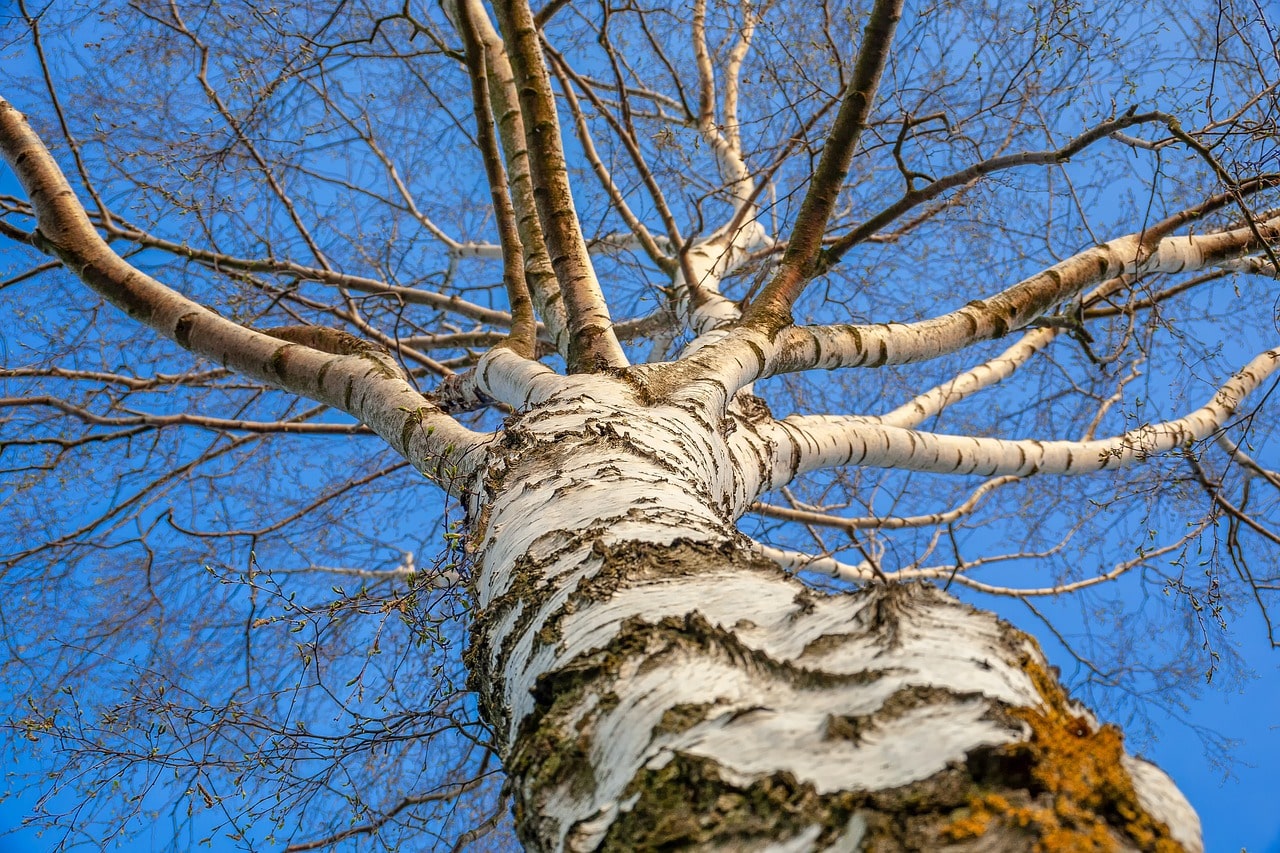
By carefully pruning your Silver Birch, you’ll help it develop a clear lower truck as it grows year on year.
What not to clear
Plenty of plants can remain in plants after they have finished flowering due to beautiful seed heads or attractive stems. This approach leads to a more wild look in your garden through the winter but has an important function of providing food and habitats for wildlife of all sizes. With the UK being one of the most nature depleted countries in Europe, every single thing we can do to help nature at this time of year, is vital (more on that later!).
- Any plants with attractive seedheads can mostly be left. If you have plenty to go round you might want to remove a few but, as long as there isn’t undue overcrowding then we say the more the merrier. They will frost nicely in winter and provide food for local birdlife.
- Any plants with tall structural stems can also be left. They’re perfect habitats for insects that like to make their nests inside stems, and also provide a beautiful mixture of heights in your garden through the winter. They can provide visual interest in other ways too – Thalictrum, with their tall airy stems and gentle bell-like flowers, can be left to dry and turn brown. They will retain their structure and catch early morning and late evening light beautifully. My Thalictrum became a home for a small colony of spiders last winter and their webs would freeze and glow very pleasingly in winter sunlight.
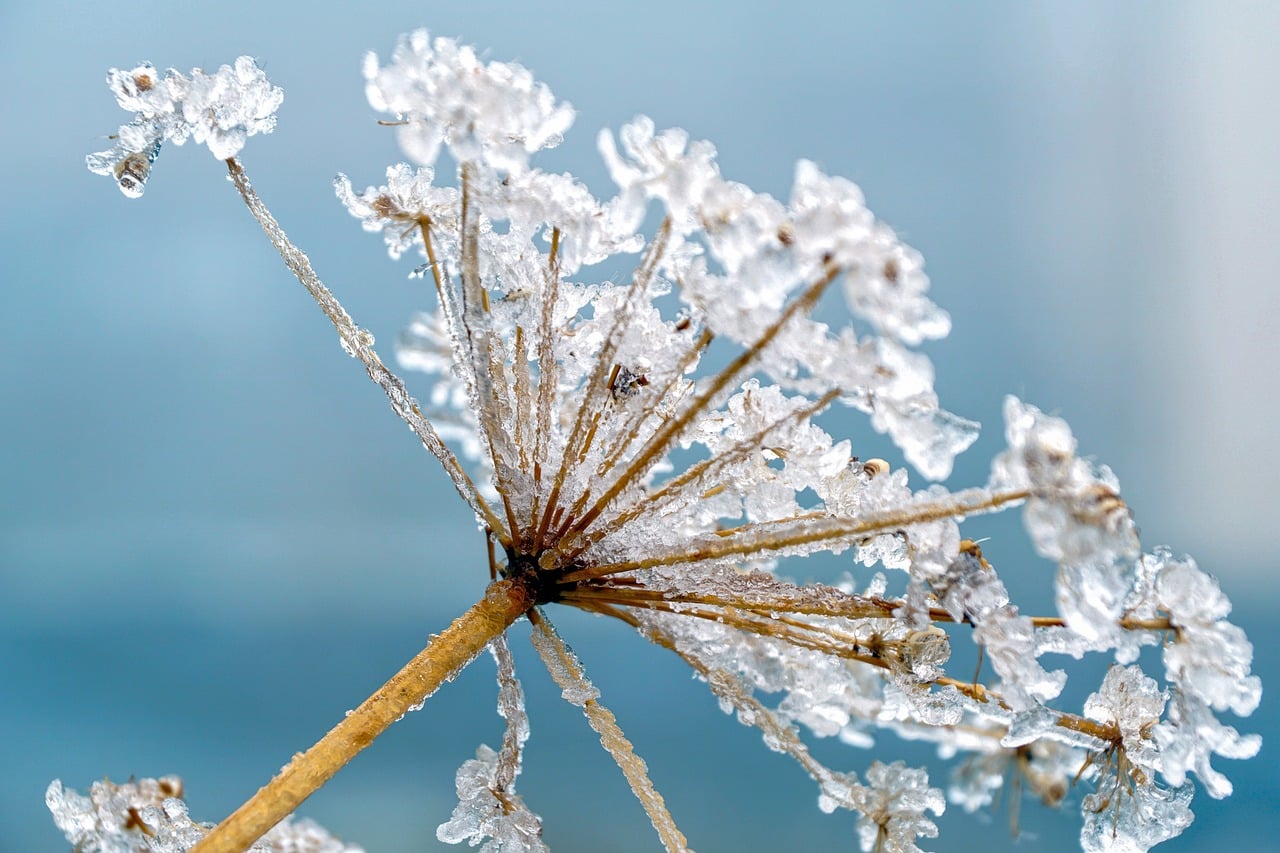
Autumn colour
We’ll be sharing more ideas for adding autumn colour to your garden in next month’s newsletter (which you can sign up to here) but for now, here are a few plants that can bring a little extra late summer/early autumn joy below:
- Cyclamen planted in and around your existing beds or displays will bring bright colours or shimmering white flowers through the winter
- Rudbeckia, with their bright yellow flowers provide a huge pop in late summer and early autumn. They can be planted now and will flower well in to October.
- You might also be able to squeeze in a few Japanese anemones which, with their tall airy flowers, bring gentle colour or white bright flowers to end of season gardens. To find out more about them, check out our Reel over on Instagram
- Callicarpa, is a shrub that, in winter, produces bright purple almost un-worldly berries. It’s known colloquially as Beautyberry. Now is the right time to plant it. It will give you beautiful colour with its fruit before it leaves again next year.
- The classic Pansy and humble Violet are brilliant plants for introducing some autumn colour to your garden. They’ll be available from your local garden centre, are very affordable and supremely easy to dig a hole for and stick in the ground wherever you like!
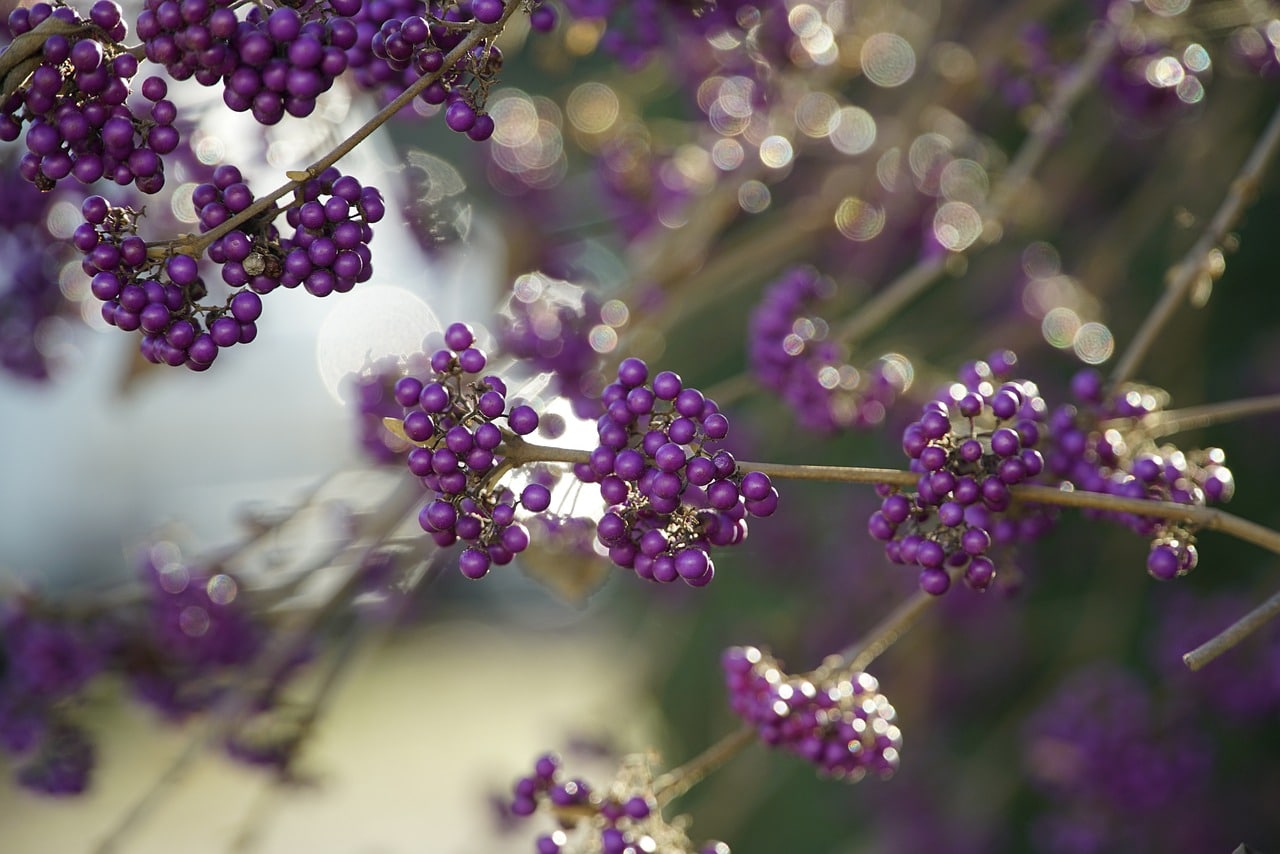
The almost alien purple of Callicarpa
Deadheading
We’ve often spoken about dead-heading and so are conscious of sounding like a stuck record, but keeping an eye on dead blooms and removing them really does make a difference to the continued healthy blooms a plant will then be encouraged to and continue to produce. Simply snip off spent flowers to allow the plant to focus its attention on the new ones.
Turn your compost
If you have a compost heap, give it a turn with a garden fork. This will help speed up decomposition, meaning you’ll have the wonderful rich compost sooner to spread on your garden in spring.
Autumn Leaves
If you have a garden with trees, you can make the most of autumn leaves by constructing a pen to hold them. In a quiet corner of the garden, take 3 or 4 sturdy bamboo canes and drive them into the ground. Wrap chicken wire around the canes to create a pen that you can then use as an airy bin to pop fallen autumn leaves into. These will deteriorate and eventually turn into leafmould – which is an excellent natural soil improver and a useful product to mix into soil if you are planting anything in pots.
